Levemir FlexTouch For Sale UK | Buy Levemir FlexTouch Pens UK | Buy Levemir FlexTouch Pens Online UK | Levemir FlexTouch Pens For Sale UK | Levemir FlexTouch Pens For Sale Online UK | Levemir FlexTouch Pens For Sale In The UK | Levemir FlexTouch Pens For Sale In UK | levemir flextouch 100 unit ml insulin pen | levemir flextouch pen needles | levemir flextouch pen
A Levemir FlexTouch pen contains 300 units of U-100 that are prefilled and ready to use. The pen injects insulin through a spring-loaded mechanism. A small amount of force is required to inject a dose through the push button because it does not extend.
This FlexTouch pen is an insulin pen that contains insulin detemir as its active ingredient.
Levemir is a solution for subcutaneous use. Insulin detemir is a long-acting recombinant human insulin analog. Levemir is produced by a process that includes the expression of recombinant DNA in Saccharomyces cerevisiae followed by chemical modification. Insulin detemir differs from human insulin in that the amino acid threonine in position B30 has been omitted, and a C14 fatty acid chain has been attached to the amino acid B29.
This product is not meant to treat insulin ketoacidosis. Do not take Levemir FlexTouch if you have an allergy to any of the ingredients contained in insulin detemir.
Levemir is also available in Penfill cartridges. Ensure you are ordering the correct FlexTouch, as they are available by many brands including Fiasp, Tresiba, and NovoLog

levemir flextouch pen
Warnings and Precautions
Make sure your doctor is aware of all your medical conditions, including any heart, liver, or kidney issues you may have. If you are pregnant, planning to become pregnant, or are breastfeeding, let your doctor know. Talk to your doctor about any other medications, over-the-counter medication, vitamins, or herbal supplements you are taking.
Pen devices should not be shared, even if the needle has been changed. Other people may contract a serious infection from you, or you may get a serious infection from them. Dispose of medical supplies safely.
Do not skip meals when taking insulin.
To avoid skin complications, it is important to rotate injection sites.
Avoid injecting into muscles or veins.
Diabetes patients commonly experience hyperglycemia. For hypoglycemia prevention, keep sugary snacks, juice, or pop (non-diet) glucose tablets on hand.
Levemir should not be mixed with any other solution or insulin. Insulin pumps should not be used intravenously or intramuscularly as they may cause severe hypoglycemia.
Do not change brands or types of insulin without directions on how to do so from your doctor.
Alcohol can increase the risk of low blood sugar while taking this medication.
As directed by your doctor, monitor your blood sugar regularly. Inform your doctor of any changes in your blood sugar levels. Your insulin dosage should be adjusted based on these changes.
Despite attaching a new pen needle to your insulin pen, you should never share it with others. Replace the needle after each injection.
Pen needles should be discarded into a sharps disposal container after injection. Never put a new needle into the FlexPen unless you are ready to use it.
If your Levemir Flexpen is not working properly, review the patient’s instructions on how to perform a function check.
Each injection should be given with a new needle to prevent infection.
Avoid contamination, leakage of insulin, and infection by removing the needle after each use.
Consult your doctor before making any changes to your insulin regimen.
Monitoring your blood glucose levels regularly is an important part of insulin treatment. Consult your doctor for advice.
It may be necessary to adjust the dosage if the patient loses or gains weight, increases stress, changes diet, or becomes ill.
Administration
Subcutaneous administration of Levemir is recommended. Levemir should not be administered intravenously or intramuscularly.
Injection of Levemir into subcutaneous tissue is required to extend its activity. It is possible to suffer severe hypoglycemia if the usual subcutaneous dose is injected intravenously or intramuscularly.
Levemir should not be used in insulin infusion pumps.
Levemir should never be diluted or mixed with any other insulin or solution. If Levemir is diluted or mixed with another insulin, the pharmacokinetic or pharmacodynamic profile (e.g., time to peak effect) of Levemir and the mixed insulin may be altered unexpectedly.
● Move the site where you give the shot each time.
● Skin that is thickened or has lumps or pits should not be touched.
● It is best to avoid irritation, tenderness, bruises, redness, scaliness, hardness, scarring, or stretch marks on the skin.
● Do not use cloudy, leaking, or particle-containing solutions.
● If the solution changes color, do not use it.
● Be careful not to shake.
● Do not mix this insulin with any other type of insulin in the same syringe.
● Do not mix Levemir (insulin detemir (cartridges and pens)) with other medications in the same syringe.
● Before injecting a dose, remove all pen needle covers (there may be two). Speak to your doctor if you aren’t sure what type of pen needle you have or how to use it.
● As you prepare the dose, this product may make a clicking sound. Do not count the clicks as you prepare the dose. If you do, you may use the wrong dose.
● After each shot, remove the needle. Do not store this device with the needle attached.
● Dispose of needles and sharps in a needle/sharp disposal box. Do not reuse needles. If the box is full, dispose of it according to local rules. If you have questions, speak to a doctor or pharmacist.
● Insulin pumps cannot be used with this medicine. Consult your doctor if you have questions.
Dosing
Levemir is a recombinant human insulin analog that is administered subcutaneously once or twice daily. Those taking Levemir once daily should take it with their evening meal or at bedtime. The evening dose can be given with an evening meal, at rest, or 12 hours after the morning dose for patients requiring twice-daily dosing.
Depending on the clinical response, Levemir’s dosage must be adjusted. Monitoring blood glucose levels is mandatory for all patients receiving insulin therapy. Levemir patients should only adjust their dosage or timing under medical supervision with appropriate glucose monitoring.
Levemir must be used in combination with rapid-acting or short-acting insulin in patients with type 1 diabetes.
The injection site should be rotated within the same area (abdomen, thigh, or deltoid) from one injection to the next to reduce the risk of lipodystrophy.
Levemir can be injected subcutaneously into the thigh, abdominal wall, or upper arm.
Exercise and other variables, such as stress, intercurrent illness, or changes in co-administered medications or meal patterns, may affect the rate of absorption, and consequently, the onset and duration of insulin action.
The recommended starting dose of Levemir for patients with type 1 diabetes mellitus is approximately one-third to one-half of the total daily insulin dose. Pre-meal insulin should be administered for the remainder of the daily insulin dose. Insulin naive patients with type 1 diabetes can use 0.2 to 0.4 units of insulin per kilogram of body weight to calculate their initial daily insulin dose.•For patients with type 2 diabetes mellitus inadequately controlled on oral antidiabetic drugs or a GLP-1 receptor agonist (such as Ozempic), the starting dose of Levemir is 10 units (or 0.1 to 0.2 units per kilogram of body weight) given in the evening once daily or divided into two doses each day.
The dosage depends on your medical condition and response to treatment. Make sure you measure each dose carefully since even small changes in the amount of insulin can drastically affect your blood sugar.

levemir flextouch pen
Side Effects and Hypoglycemia
Any insulin can cause side effects.
Hypoglycemia (low blood sugar) may occur. Anxiety, mood changes, dizziness, sweating, confusion, headache, and irritability are some of the symptoms.
Hyperglycemia is a common side effect of most insulin treatments (including Levemir) and may be life-threatening.
Some side effects may include itching and rashes at the injection site, skin thickening at injection sites (lipodystrophy), weight gain, and swelling.
If you experience any of the following side effects, get medical attention immediately: trouble breathing, shortness of breath, rapid heartbeat, dizziness, confusion, drowsiness, sweating, and swelling of the face, throat, or tongue.
You have been prescribed this medication because your doctor believes that the benefit to you outweighs the risk of side effects. There are a few serious side effects associated with this medication.
The following is not a complete list of possible side effects. If you notice any other effects not listed above, contact your doctor.
For medical advice about side effects in the US, consult your doctor.
Allergic Reactions
Rarely, this drug can cause a very serious allergic reaction. Get medical help right away if you experience any of these signs of an allergic reaction: rash, itching/swelling (especially of the face/tongue/throat), severe dizziness, or trouble breathing.
Drug Interactions
Some medications affect glucose metabolism and may require an adjustment of insulin doses or close monitoring.
As a result of extremely low or high blood sugar, you may experience blurred vision, dizziness, or drowsiness.
A number of medications, including Levemir, could decrease the blood-glucose-lowering effects of insulin and, thus, increase the chances of hypoglycemia: oral antihypertensive medications, pramlintide acetate, ACE inhibitors, disopyramide, fibrates, fluoxetine, monoamine oxidase (MAO) inhibitors, propoxyphene, pentoxifylline, salicylates, as well as sulfonamides.
The following are examples of medications that may reduce the blood-glucose-lowering effect of insulins, including Levemir: corticosteroids, niacin, danazol, diuretics, sympathomimetic agents (e.g., epinephrine, albuterol, terbutaline), glucagon, isoniazid, phenothiazine derivatives, somatropin, thyroid hormones, estrogens, progestogens (e.g., in oral contraceptives), protease inhibitors and atypical antipsychotic medications (e.g., olanzapine and clozapine).
Pioglitazone and rosiglitazone, diabetes drugs, may cause heart failure or worsen an existing condition. When combined with insulin, this risk may be increased. Talk to your doctor if you also take one of these drugs.
It is possible for beta-blockers, clonidine, lithium salts, and alcohol to either increase or decrease insulin’s ability to lower blood sugar. Pentamidine may lead to hypoglycemia, which can be followed by hyperglycemia.
Hypoglycemia may be reduced or absent in patients taking anti-adrenergic drugs such as beta-blockers, clonidine, guanethidine, and reserpine.
Overdose
Excess insulin relative to food intake, energy expenditure, or both may cause life-threatening hypoglycemia. Hypoglycemia usually can be treated with oral glucose in mild cases. You may need to adjust your drug dosage, eating habits, or exercise routine.
Severe episodes of coma, seizures, or neurologic impairment may be treated with intramuscular/subcutaneous glucagon or concentrated intravenous glucose. Observation and additional carbohydrate intake may be necessary to prevent the recurrence of hypoglycemia after apparent clinical recovery from hypoglycemia.
Someone who has overdosed and has serious symptoms, such as passing out or trouble breathing, should call 911. Otherwise, call a poison control center immediately.
Driving and Using Machinery
If you experience frequent hypoglycemia or if you have trouble recognizing hypoglycemia, ask your doctor whether you can drive or operate machinery. A low or high blood sugar level can affect your concentration and ability to react, and therefore also your ability to think.
Pregnancy
Pregnancies complicated by hyperglycemia are at an increased risk of birth defects, miscarriage, or other adverse events. If a woman becomes pregnant while taking this medication, she should tell her physician.
This medication has not been shown to increase the risk of fetal abnormalities in a randomized controlled clinical trial of pregnant women with type I diabetes. In reproductive toxicology studies in non-diabetic rats and rabbits with concurrent control groups of human insulin, insulin detemir, and human insulin exhibited similar embryotoxicity and teratogenicity.
Storage
FlexTouch pens should not be stored in the refrigerator after initial use. The FlexTouch pen should not be frozen or used if it has been frozen.
Once in use, keep your FlexTouch at room temperature, below 86°F (30°C). After 42 days after being taken out of the refrigerator, unrefrigerated FlexTouch pens should be thrown away.
Keep FlexTouch pens away from direct sunlight and heat.

levemir flextouch pen
Disposing
Speak to your pharmacist about how to properly dispose of your medications. After use, sharps containers approved by the FDA can be used to hold pens and needles. Please do not dispose of needles, pens, and medications in the garbage or down the drain.
You can use a household container made of heavy-duty plastic, which is puncture/leak-resistant, and marked “hazardous waste” if you do not have proper containers.












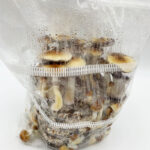


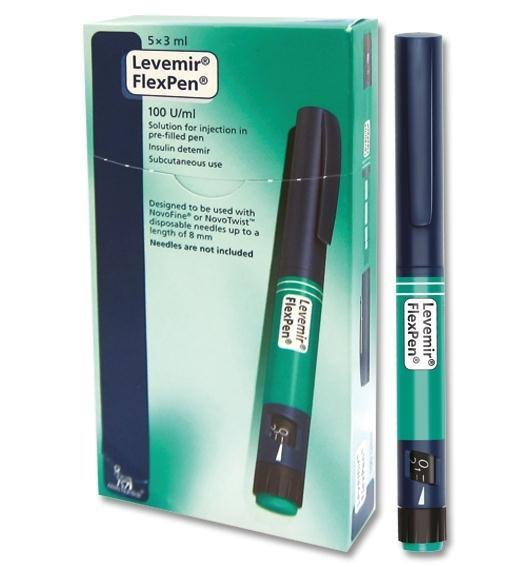
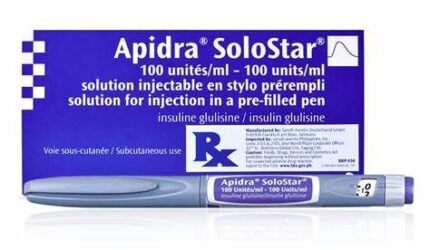




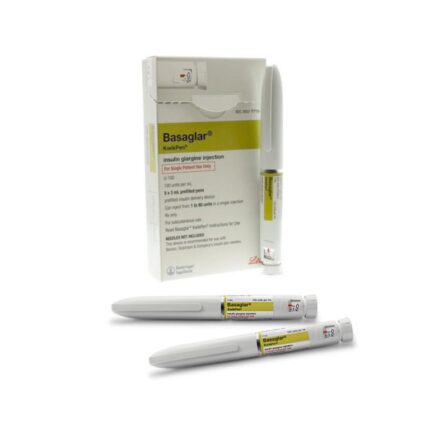
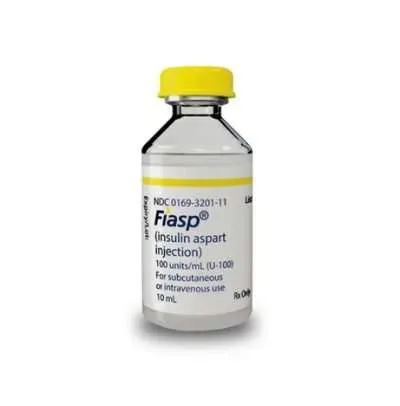
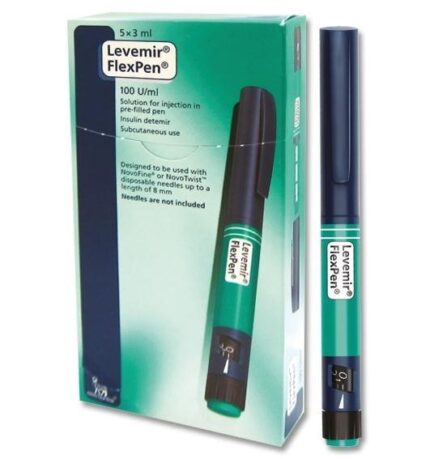
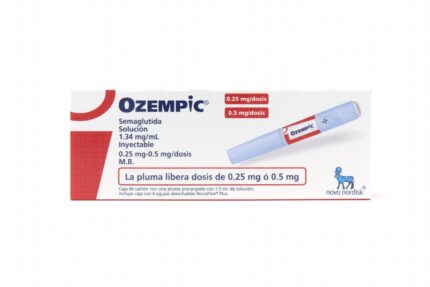
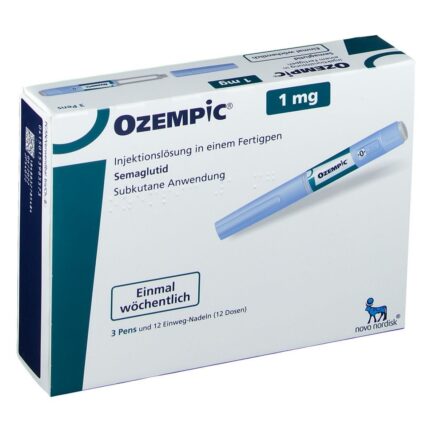
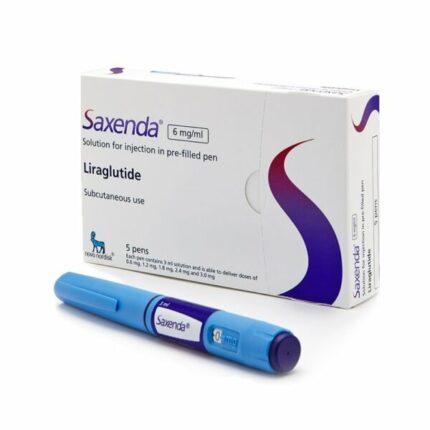
Reviews
There are no reviews yet.